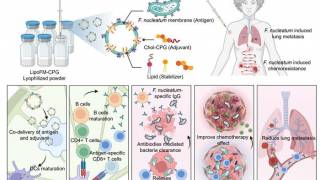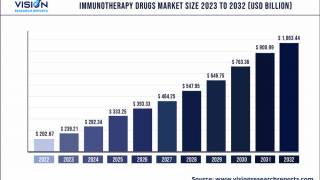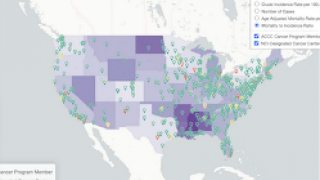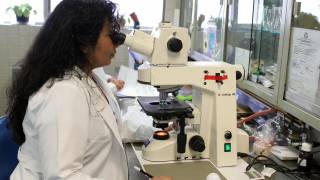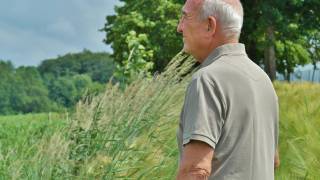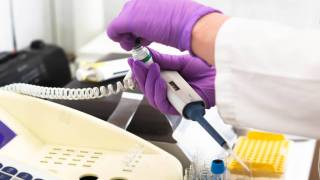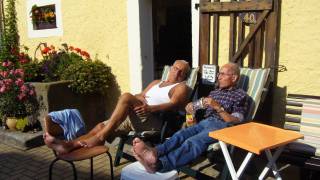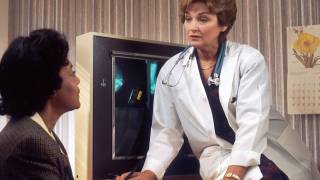New Shingles Vaccine Helps Stem Cell Transplant Patients
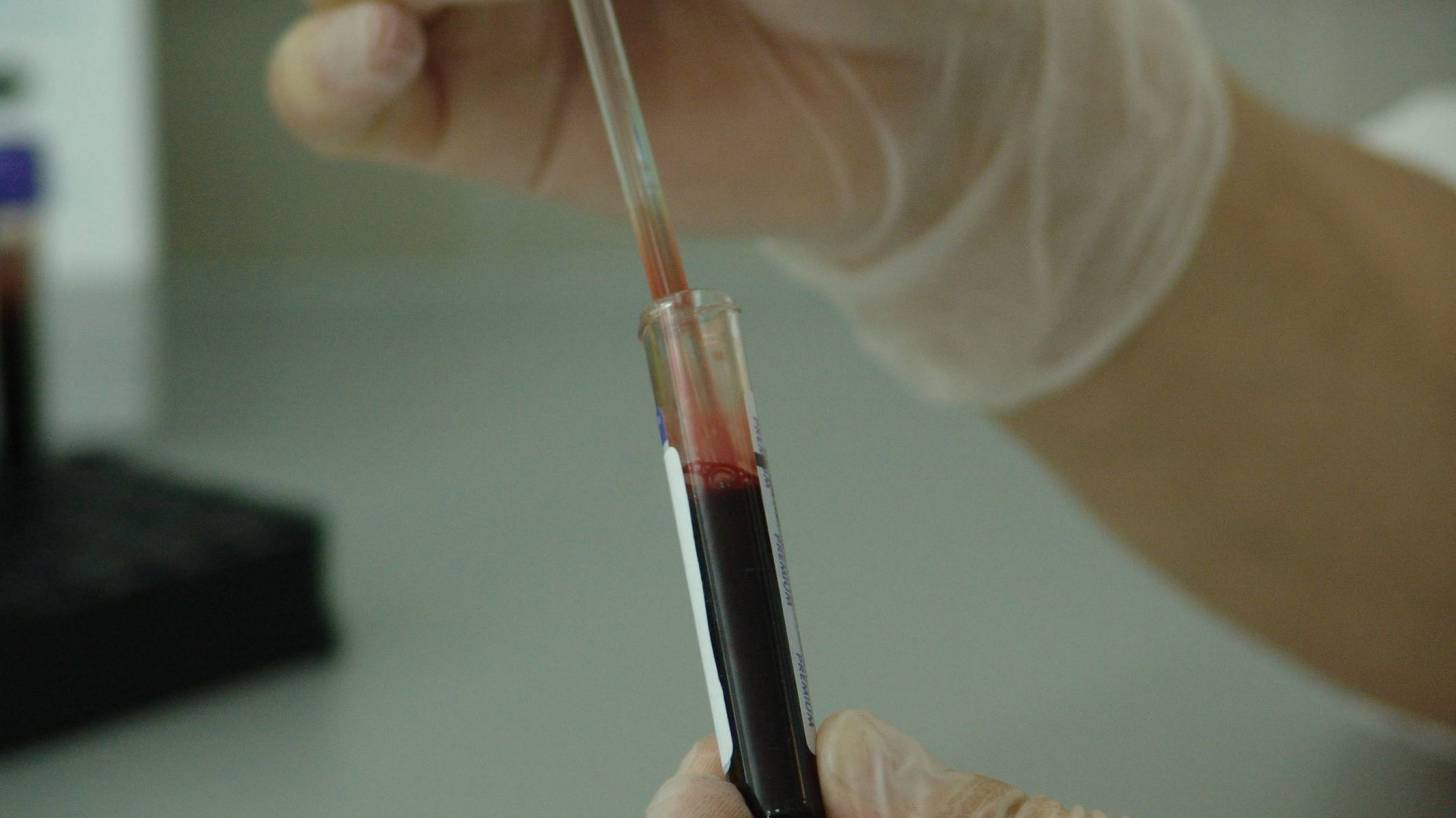
The new shingles vaccine may help some stem cell transplant and bone cancer patients.
New data from a Phase III clinical study supports the safety of Shingrix vaccine in preventing shingles when given to adults aged 18+ after undergoing autologous haematopoietic stem cell transplant (auHSCT).
Over 11,000 people in the USA undergo auHSCT each year, generally related to blood cancer treatment.
HSCT recipients are at high risk from viral infections, like shingles.
This is the first time that Shingrix efficacy has been evaluated in immune-compromised patients, such as those who have received auHSCT.
Shingrix is the first shingles vaccine to combine an antigen, glycoprotein E, and an adjuvant system, AS01B, intended to generate a strong and long-lasting immune response that can help overcome the decline in immunity as people age as well as weakened immunity due to disease or immune-suppressive treatments.
Previously, the only available shingles vaccine Zostavax, was live attenuated.
Which means, Zostavax is contraindicated for those with weakened immunity.
The ZOE-HSCT study succeeded in its primary objective by demonstrating an efficacy of 68.17% against shingles. No safety issues related to the vaccine were detected during the study.
Developing an effective vaccine for these patients was an area of unmet medical need.
“The immune systems of these stem cell transplant recipients are substantially weakened compared to the general older adult populations studied in other Shingrix efficacy trials,” Emmanuel Hanon, Senior Vice President and Head of Vaccines R&D for GSK said.
“This puts them at much higher risk for viral diseases like shingles and, at the same time, makes developing an effective vaccine to help protect them more challenging,” he said.
Shingrix was approved during October 2017 in Canada and US for the prevention of herpes zoster in adults aged 50 years and above.
Hematopoietic stem cell transplantation (HSCT) in adults is most commonly performed as part of the treatment for blood cancer.
In preparation for transplant, patients are treated with high-dose chemotherapy, with or without radiotherapy, with the intention of eradicating the patient's malignant cell population.
But, this process disrupts the patient's bone marrow's ability to grow new blood cells. For this reason, the recipient's cellular immune system is usually destroyed by the radiation or chemotherapy before transplantation weakening the immune system.
Shingles is caused by the reactivation of the varicella zoster virus (VZV), the same virus that causes chickenpox.
Nearly all adults have the VZV dormant in their nervous system, which can reactivate with advancing age or when a person is immune compromised due to certain diseases (such as cancer or HIV) or is receiving immune-suppressive treatments (such as chemotherapy).
More than 99 percent of those over 50 years old are infected with VZV, and one in three Americans will develop shingles in their lifetime.
Like most vaccines, Shingrix has the potential for side effects.
The new shingles vaccine does appear more likely to cause pain during injection and at the site of injection for up to three days afterward, more than Zostavax does, said the CDC.
Most pharmacies offer Zostavax, the alternative shingles vaccine.
The retail price of these vaccine varies based upon insurance coverage and location. Please visit the CDC website for the latest price information.
Vaccine discounts can be found here.
Full US Prescribing Information for Shingrix is available here.
Our Trust Standards: Medical Advisory Committee
- Zostavax
- Study to Evaluate Efficacy, Safety and Immunogenicity of GSK Biologicals' Herpes Zoster (HZ) Vaccine GSK1437173A in Adults Aged
- New data supports the safety and efficacy of GSK’s Shingrix in preventing shingles in autologous haematopoietic stem cell transp
- Shingrix approved in the US for prevention of shingles in adults aged 50 and over
- Survival Statistics for Bone Cancer



